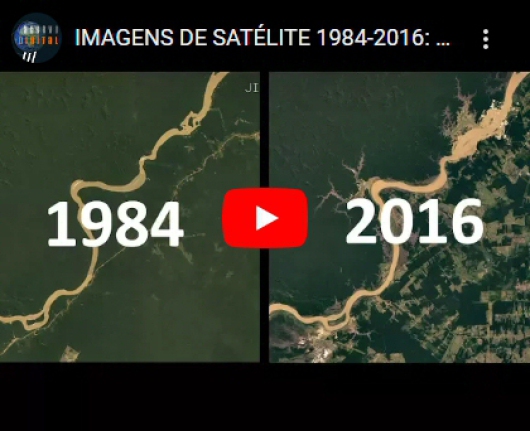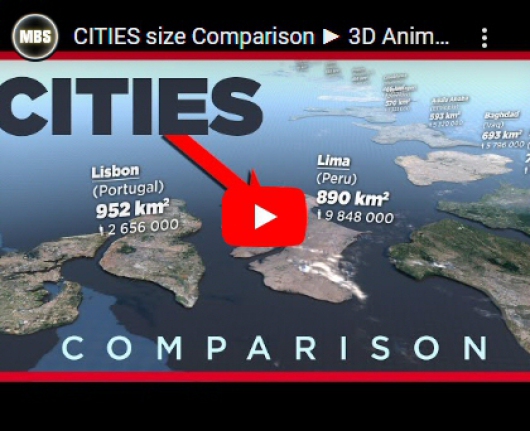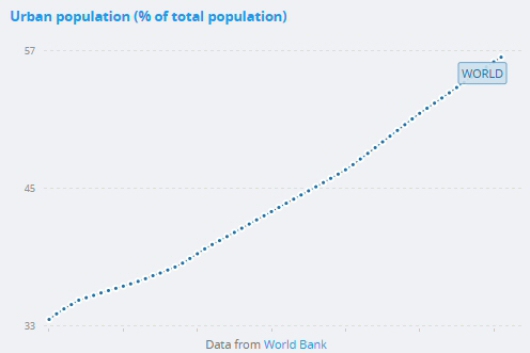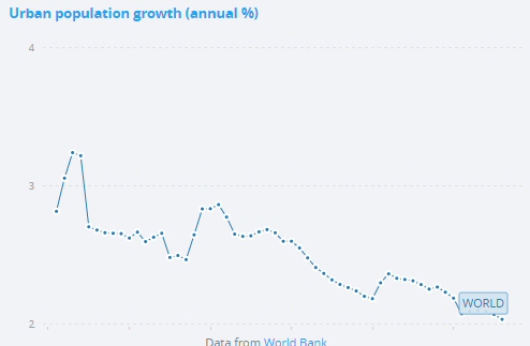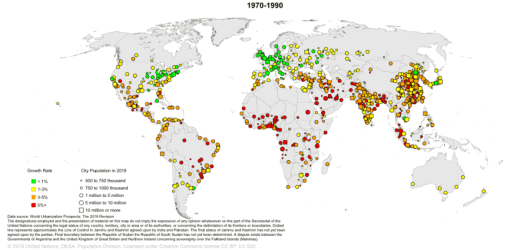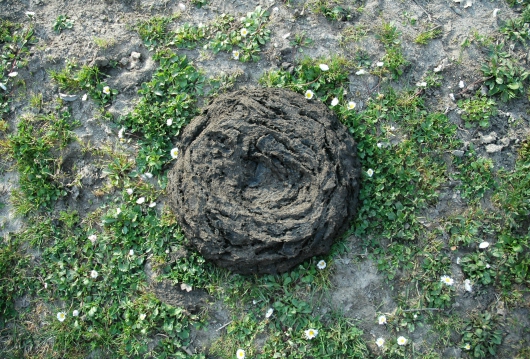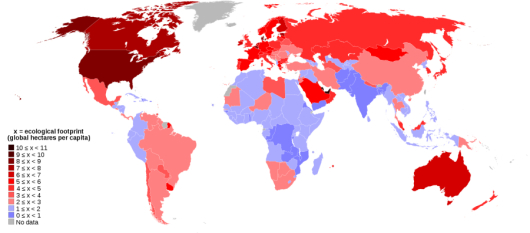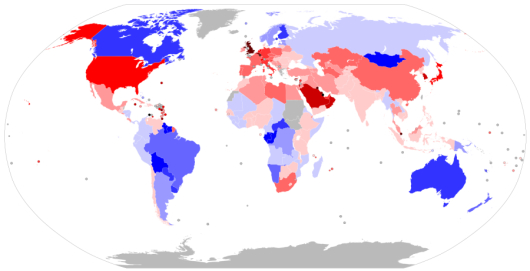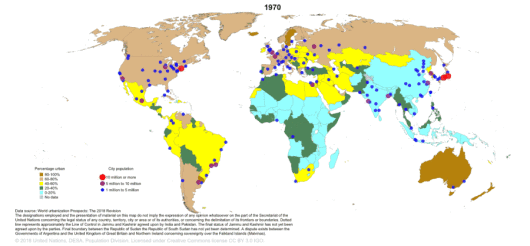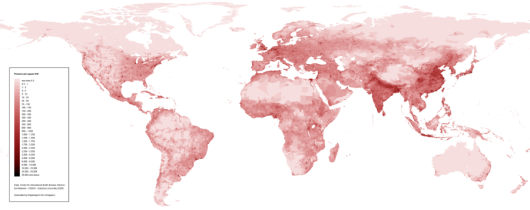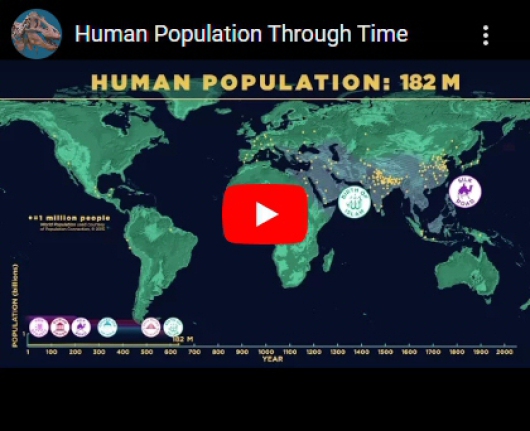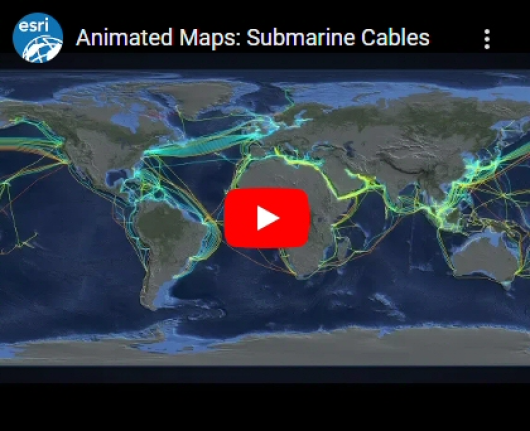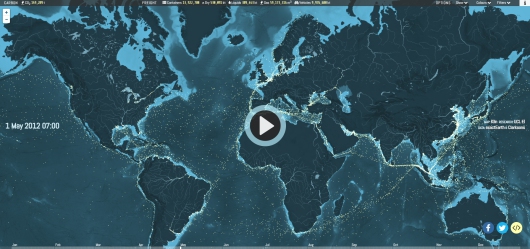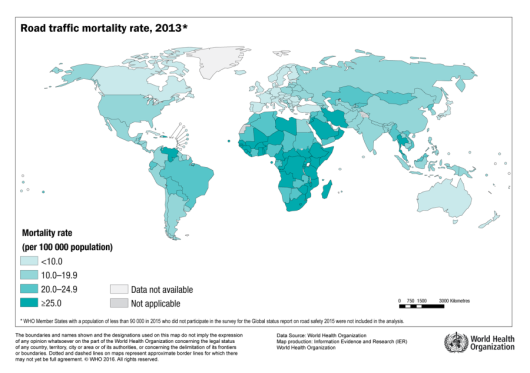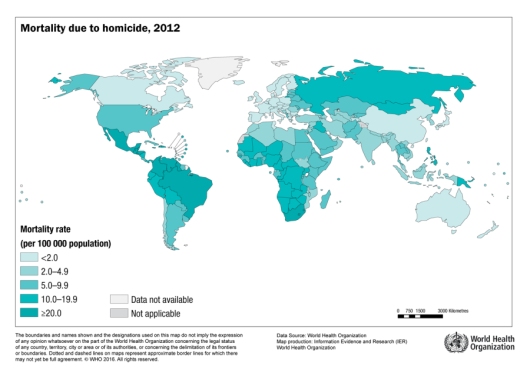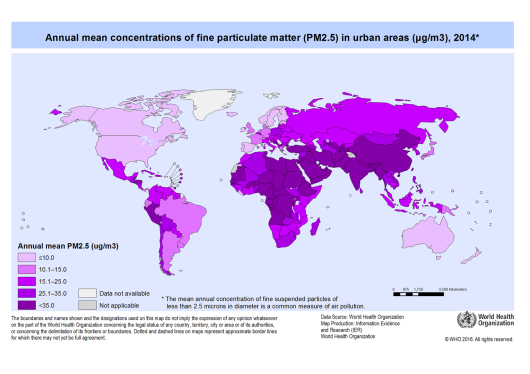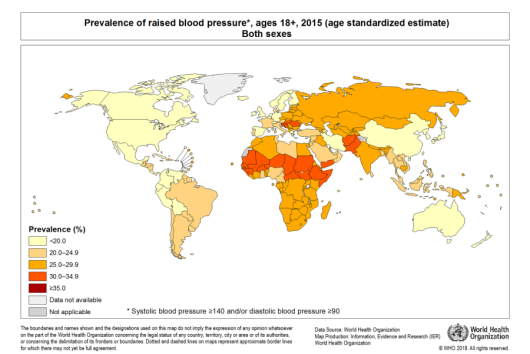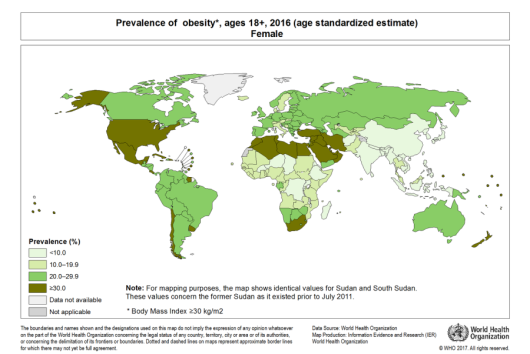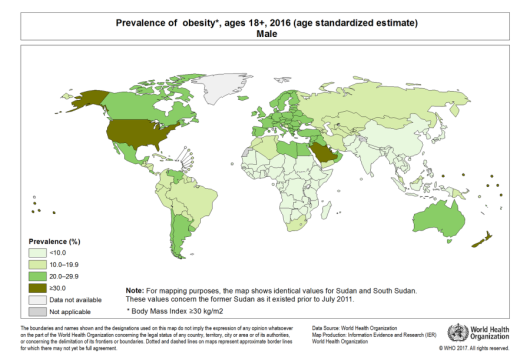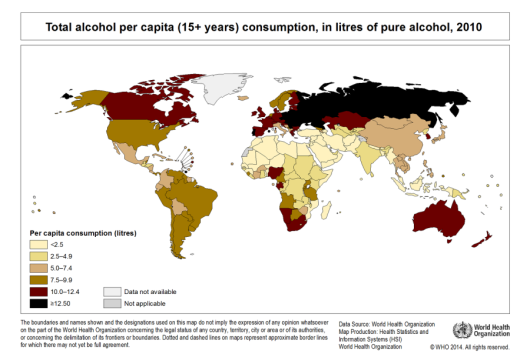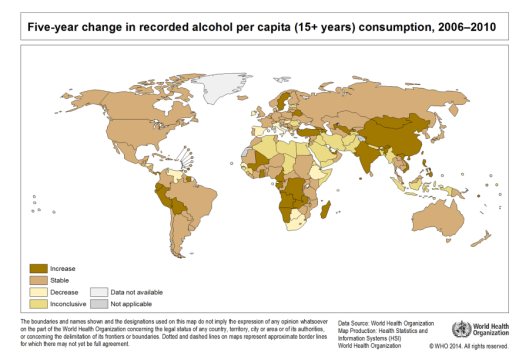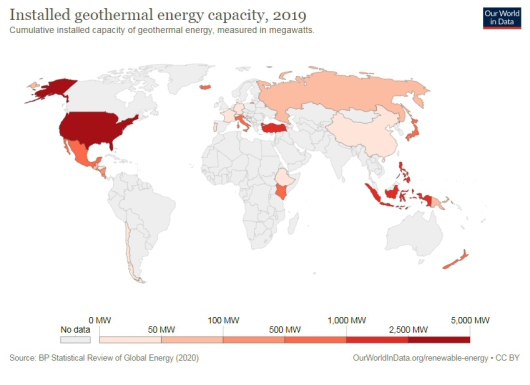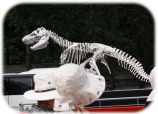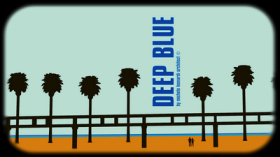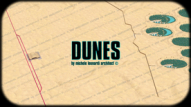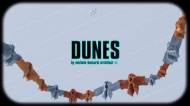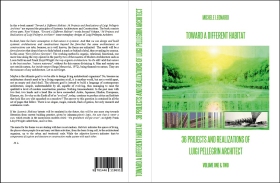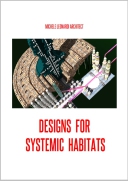URBANIZATION
the population shift from rural to urban areas
AND THE
RENEWABLE
ENERGY
Top 50 City Lights seen from space
Satellite imagery 1984-2016:
32 years of changes on Earth
Cities size comparison
Urban population (% of total)
Source: The World Bank Group. World Bank staff estimates based on the United Nations Population Divisions World Urbanization Prospects: 2014 Revision.
Urban population growth (annual %)
Source: The World Bank Group. World Bank staff estimates based on the United Nations Population Divisions World Urbanization Prospects: 2014 Revision.
Urbanization Prospects 2018:
Growth rates of urban agglomerations by size class
Data source: © 2018 United Nations, DESA, Population Division.
Licensed under Creative Commons license CC BY 3.0 IGO.
First of all: the ecological footprint and deficit
are not the final truth about:
If we are billions rather than millions, there must be a reason, or not?
Some will smile, but it's not because we copulate too much. In nature and in life the number is strength, so now we can do things like giants. With a little bit of cooperation: it is not a bad word.
The Man is not a real social "animal". But nobody asks us to do like the social insects, i.e. not the maximum of cooperation like ants, termites, bees.
Moreover, population growth is now in regression all over the world, albeit with a certain inertia, so it still continues to grow in absolute number.
M.L.
Prima di tutto: l'impronta e il deficit ecologico
non sono la verità finale a riguardo:
Se noi siamo miliardi piuttosto che milioni, ci sarà un motivo, o no?
Qualcuno sorriderà, ma non è perché noi copuliamo troppo. In natura e nella vita il numero è la forza, quindi adesso noi possiamo fare cose da giganti. Con un minimo di cooperazione: non è una parolaccia.
L'Uomo non è un "animale" veramente sociale. Ma nessuno ci chiede di fare come gli insetti sociali, cioè la massima cooperazione come formiche, termiti, api.
Peraltro la crescita della popolazione ormai è in regressione in tutto il mondo, sebbene con una certa inerzia, per cui ancora continua a crescere in numero assoluto.
M.L.
Ecological Footprint 2007:
Countries by their raw ecological footprint
World map of countries by their raw ecological footprint, relative to the world average biocapacity (2007). Data source: Wikipedia 2022 Creative Commons CC0 License.
Ecological Deficit 2013:
National ecological surplus (blue) or deficit (red)
The national ecological surplus or deficit, measured as a country's biocapacity per person (in global hectares) minus its ecological footprint per person (also in global hectares). Data from 2013; source: Wikipedia.
Urbanization Prospects 2018:
Percentage urban and urban agglomerations by size class
Data source: © 2018 United Nations, DESA, Population Division.
Licensed under Creative Commons license CC BY 3.0 IGO.
World human population density map, 2005:
Formato immagine portable network [1.9 MB]
Documento Adobe Acrobat [2.3 MB]
Data source: Wikipedia, courtesy by CIESIN-Columbia University, U.S.A, 2005.
Creative Commons license CC 1.0 Universal Public Domain Dedication.
Human Population Through Time
Animated Maps: Submarine Cables
The Ship Map by KILN Data Visualisation
Road traffic mortality rate, 2013:
Mortality due to homicide, 2012:
Annual mean concentrations of fine particulate matter (PM2.5) in urban areas (µm/m3), 2014 :
Prevalence of raised blood pressure, ages 18+,
age standardized: Both sexes, 2015 :
Prevalence of obesity, ages 18+, age standardized: Female, 2016 :
Prevalence of obesity, ages 18+, age standardized:
Male, 2016 :
Total alcohol per capita (15+ years) consumption,
in litres of pure alcohol, 2010 :
Five-year change in recorded alcohol per capita
(15+ years) consumption, 2006-2010 :
Use of drugs by type, 2011 :
Documento Adobe Acrobat [11.7 MB]
Expert perception of trend changes in the use of drugs, 2011 :
Documento Adobe Acrobat [11.6 MB]
Installed Geothermal Capacity, 2019:
BIBLIOGRAPHY
- The Worldwatch Institute: "State of the World 2007: Our Urban Future", The Wordwatch Institute, N.Y., U.S.A., 2008.
In 2008, half of the Earth’s population will live in urban areas, marking the first time in history that humans are an urban species. State of the World 2007: Our Urban Future examines changes in the ways cities are managed, built, and lived in that could tip the balance towards a healthier and more peaceful urban future.
- David Harvey: "The Urban Experience", Johns Hopkins University Press, 1989.
This book makes available to undergraduates the author's recent writing (including a new essay on flexible accumulation and the city of spectacle) on the physical and social environment of western cities, in which he explores the links between the processes and pressures of urbanization, the culture of urban life - in effect the culture of the west - and the nature of capitalism in the post-industrial world. The collection contains three of the five essays from "Consciousness and the Urban Experience" and four of the eight from "The Urbanization of Capital". The essays embody the combination of theory, observation and interpretation most characteristic of the author's recent work, and address the needs and interests of students of urban processes in departments of geography, sociology and politics. The book is aimed at students of urbanization and urban society in departments of geography, sociology and politics.
- Kevin Lynch: "Good City Form", The M.I.T. Press, U.S.A., 1984.
Lynch looks at connections between human values and the physical forms of cities, sets requirements for a normative theory of city form, reviews earlier physical images of what utopian communities might be, sees what is to be learned from hellish images, and helps us place city forms into one or another of three theoretic constructs; cosmic or ceremonial centers, the machine city, and the city as an organism.
- Zygmunt Bauman: "Wasted lives. Modernity and its Outcasts", Polity Press, Cambridge, U.K., 2004.
The production of 'human waste' - or more precisely, wasted lives, the 'superfluous' populations of migrants, refugees and other outcasts - is an inevitable outcome of modernization.
It is an unavoidable side-effect of economic progress and the quest for order which is characteristic of modernity. As long as large parts of the world remained wholly or partly unaffected by modernization, they were treated by modernizing societies as lands that were able to absorb the excess of population in the 'developed countries'. Global solutions were sought, and temporarily found, to locally produced overpopulation problems. But as modernization has reached the furthest lands of the planet, 'redundant population' is produced everywhere and all localities have to bear the consequences of modernity's global triumph. They are now confronted with the need to seek - in vain, it seems - local solutions to globally produced problems. The global spread of the modernity has given rise to growing quantities of human beings who are deprived of adequate means of survival, but the planet is fast running out of places to put them. Hence the new anxieties about 'immigrants' and 'asylum seekers' and the growing role played by diffuse 'security fears' on the contemporary political agenda.
With characteristic brilliance, this new book by Zygmunt Bauman unravels the impact of this transformation on our contemporary culture and politics and shows that the problem of coping with 'human waste' provides a key for understanding some otherwise baffling features of our shared life, from the strategies of global domination to the most intimate aspects of human relationships.
- Richard Wilkinson and Kate Pickett: "The Spirit Level. Why more equal societies almost always do better", Penguin Books Ltd., U.K., 2009.
It is well established that in rich societies the poor have shorter lives and suffer more from almost every social problem. Now a groundbreaking book, based on thirty years’ research, takes an important step past this idea. The Spirit Level shows that there is one common factor that links the healthiest and happiest societies: the degree of equality among their members. Not wealth; not resources; not culture, climate, diet, or system of government. Furthermore, more-unequal societies are bad for almost everyone within them—the well-off as well as the poor.
- Paul Krugman: "Pop Internationalism", CM.I.T. Press, U.S.A., 1996.
On the false myth of global economy.
"Pop internationalists"―people who speak impressively about international trade while ignoring basic economics and misusing economic figures are the target of this collection of Paul Krugman's most recent essays. In the clear, readable, entertaining style that brought acclaim for his best-selling Age of Diminished Expectations, Krugman explains what real economic analysis is. He discusses economic terms and measurements, like "value-added" and GDP, in simple language so that readers can understand how pop internationalists distort, and sometimes contradict, the most basic truths about world trade. All but two of the essays have previously appeared in such publications as Foreign Affairs, Scientific American, and the Harvard Business Review. The first five essays take on exaggerations of foreign competition's effects on the U.S. economy and represent Krugman's central criticisms of public debate over world trade. The next three essays expose further distortions of economic theory and include the complete, unaltered, controversial review of Laura Tyson's Who's Bashing Whom. The third group of essays highlights misconceptions about competition from less industrialized countries. The concluding essays focus on interesting and legitimate economic questions, such as the effects of technological change on society.
Paul Krugman is the recipient of the 2008 Nobel Prize in Economics. He writes a twice-weekly op-ed column for the New York Times and a blog named for his 2007 book "The Conscience of a Liberal." He teaches economics at Princeton University. His books include "The Accidental Theorist," "The Conscience of a Liberal," "Fuzzy Math," "The Great Unraveling," "Peddling Prosperity," and two editions of "The Return of Depression Economics," both national bestsellers.




